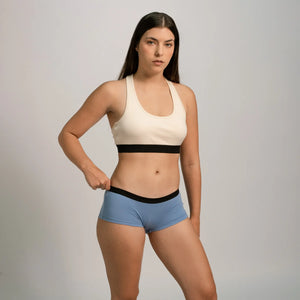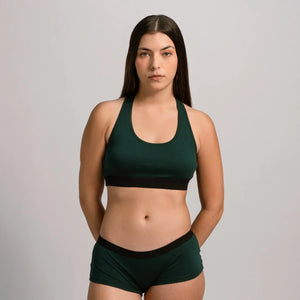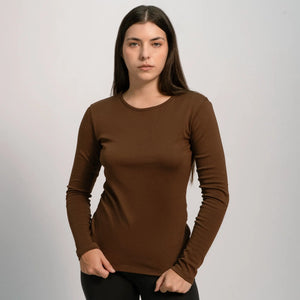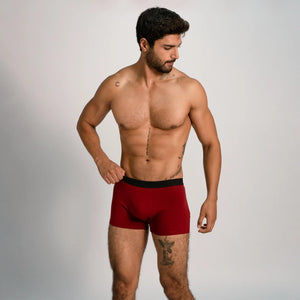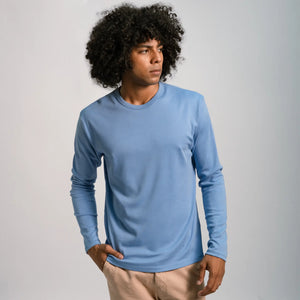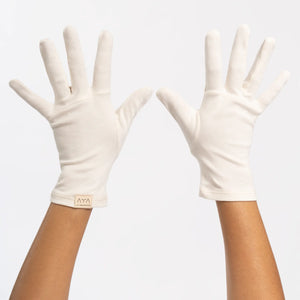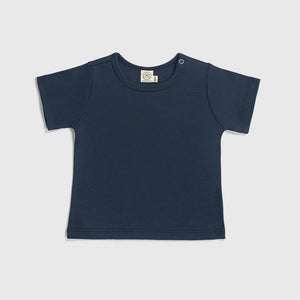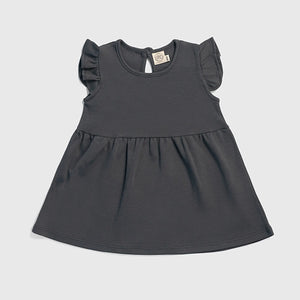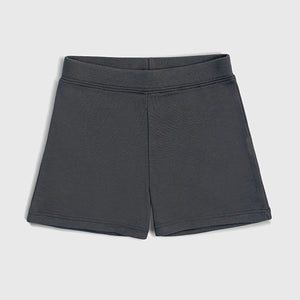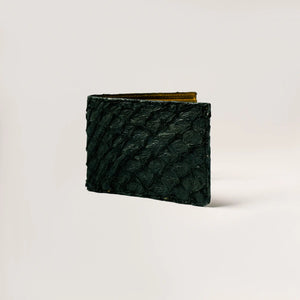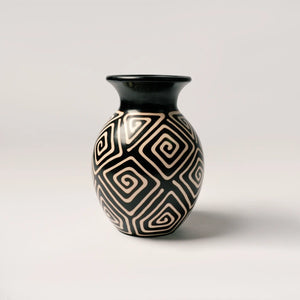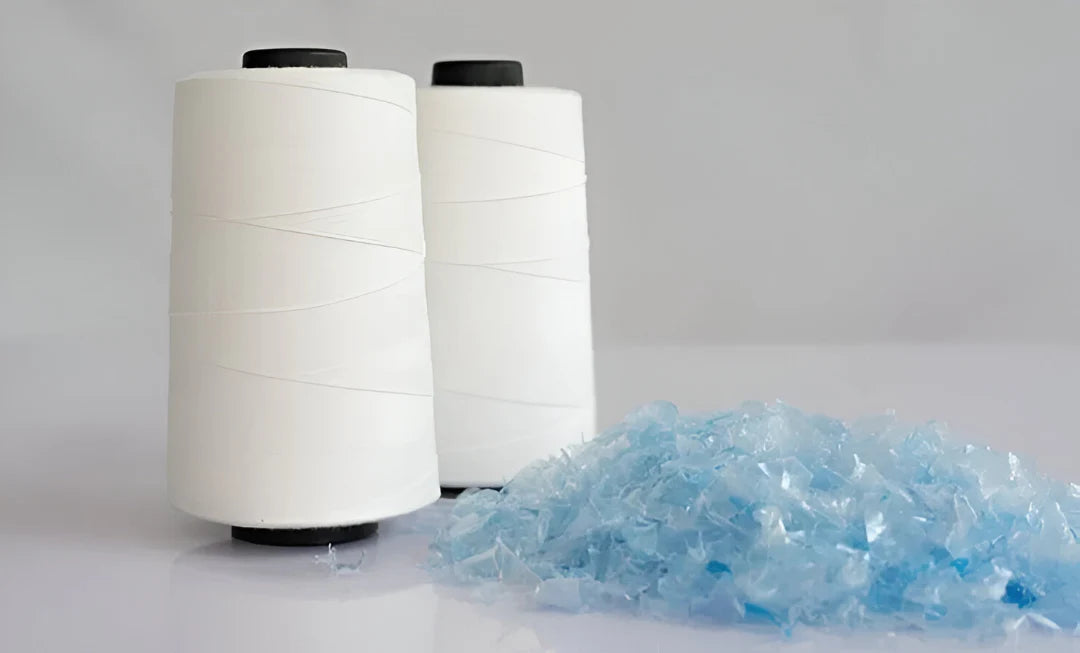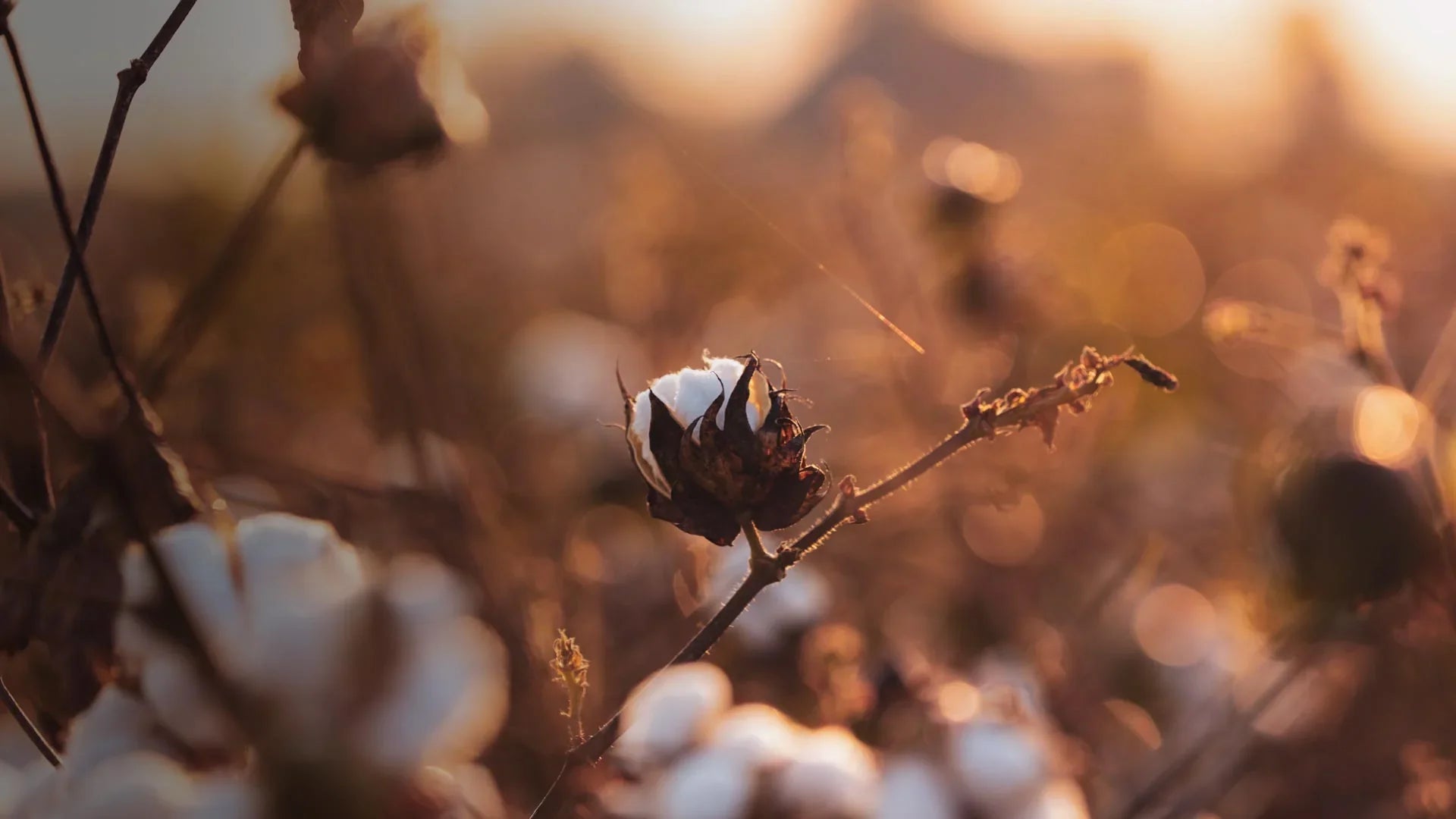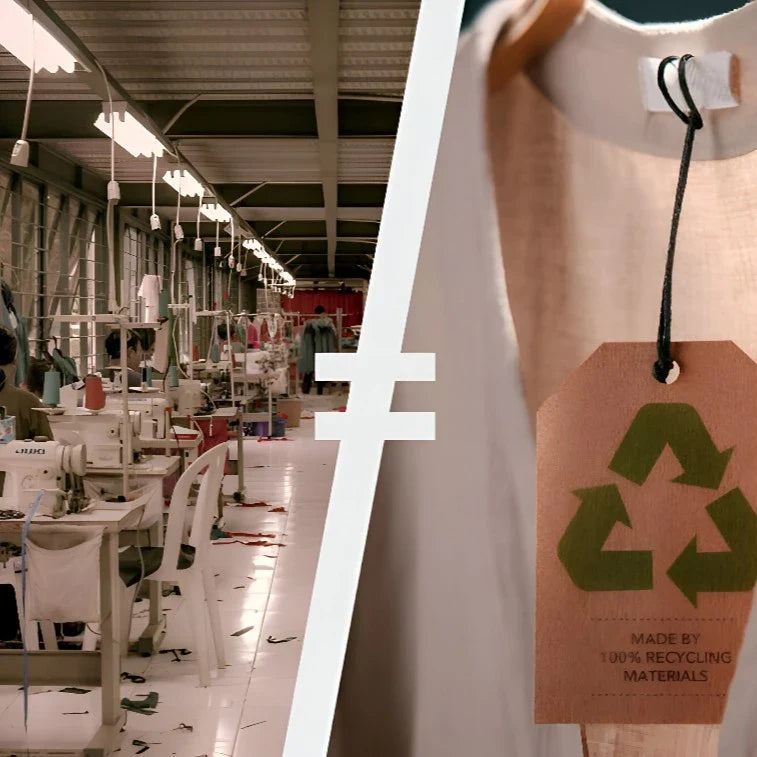Naturally Dyed Organic Fibers:
A True Solution?

AYA | OCTOBER 10, 2024
READING TIME: 4 minutes
When tackling the environmental issues of the textile industry, it’s tempting to think that swapping out synthetic fibers for naturally dyed organic ones is the quickest fix. However, the problem is much more complex than just changing the raw material.
The new Fast Fashion trend will continue to increase people’s overconsumption because clothing purchasing habits go beyond just eco-friendly habits, for example the Inditex industry, owner of the commercial formats Zara, Pull&Bear, Massimo Dutti, Bershka, Stradivarius, Oysho and Zara Home, sold 10% more garments from 2021 to 2022, equivalent to a total of 56,217 million tons of clothing [1], even though at the same time they put on the market sustainability projects such as the collection of used clothing, collections of recycled clothing by customers, etc.
The issue is that buying clothes is often tied to personal values like self-improvement, social status, and hedonism—very different from the motivations behind choosing organic food or renewable energy. [2] Thus, while transitioning from synthetic to organic fibers could mitigate some long-term environmental impacts, it wouldn’t stop clothing landfills from growing.
Let's do a little exercise, in the late 1920s, an average large textile company produced around 1.8 million meters of cotton and linen looms [3], taking the measurements of a mechanical loom of the time which corresponds to a loom width of 1.9m, it would be calculated 3.42 million square meters, with an average weight between cotton and linen that amounts to 0.16 kg/m2, which would be equivalent to 548 000 kg of clothing, maintaining this trend until the appearance of polyester in 1941.
The European Union alone in 2022 exported 1.4 million tons of used clothing to underdeveloped countries and extremely poor countries. [4]

This number would be equivalent to the production volume of at least 2,500 large textile companies in the 20th century—an astonishing figure. But then why is so much clothing produced? And the answer lies again in consumer behavior and because population growth is not proportional to the overconsumption of clothing that exists today.
The freedom that any citizen has to be able to get the garment they want, as many times as they want, dictates the most important change in the role of fashion, since, the 18th and 19th centuries and until the middle of the 20th century with the appearance of polyester making clothing production easier and more replicable [3], the dictation of the styles that a person could aspire to achieve was linked to their socioeconomic, social and racial status [2]. In other words, you could not dress as you wanted, and that option, today we do have it. Do we know how to manage it?
So, it is important to remember that everything that is produced must have a place for its final disposal, whether natural or synthetic and therefore, when buying any item of clothing we should ask ourselves: Do I really need it? and even more so, where will it end up?
Glossarykeywords
Fast Fashion:
Business model based on the production of wholesale clothing and less sophisticated clothing lines.
Hedonism:
Theoretical basis of life that is based on enjoying life with pleasure being the center of the guiding line of action.
Organic Dyed:
A type of dye made up of hydrogen, carbon, oxygen and nitrogen atoms. However, to be considered a natural organic dye, the base compounds must be of plant or animal origin.
References:
[1] Inditex (2023). Annual report 2022. Coruañ, 2023 Mar 14. Available from: https://static.inditex.com/annual_report_2022/es/2022-en-cifras/
[2] Yan R., Diddi, S., Bloodhart, B. (2021). Predicting clothing disposal: The moderating roles of clothing sustainability knowledge and self-enhancement values. Cleaner and Responsible Consumption 2021; (3). https://doi.org/10.1016/j.clrc.2021.100029
[3] Riello, G. [1] Brief history of fashion. Spain, Editorial GG, 2016.
[4] Wright, R., Reuters (2023). "We are part of the problem": H&M, Mango and Zara try to clean up their image. United Kingdom, 2023 Sep 14. [cited 2024 Sep 20] Available from: https://es.euronews.com/green/2023/09/04/somos-parte-del-problema-hm-mango-y-zara-intentan-limpiar-su-imagen
Glossarykeywords
Fast Fashion:
Business model based on the production of wholesale clothing and less sophisticated clothing lines.
Hedonism:
Theoretical basis of life that is based on enjoying life with pleasure being the center of the guiding line of action.
Organic Dyed:
A type of dye made up of hydrogen, carbon, oxygen and nitrogen atoms. However, to be considered a natural organic dye, the base compounds must be of plant or animal origin.
You don't have to put all the weight on your shoulders. Every action counts. At AYA, we fight microplastic pollution by making a 100% plastic-free catalog.
Visit Our Shop →You May Also Like to Read...
The Truth About Recycled Polyester in Fashion
Discover the hidden costs of recycled polyester. Learn why rPET isn't as sustainable as it seems and what real circular alternatives look like.
Synthetic Fabrics vs. Organic Cotton: Impact on Skin Health
Discover how polyester and other synthetic fabrics can irritate your skin and why organic cotton, especially Pima cotton, is a healthier and safer choice for sensitive skin.
What Peru Whispers: Organic Pima Cotton Grown with Tradition and Care
In the quiet corners of Peru, organic pima cotton is grown with respect for the land. A luxurious, timeless textile waiting to be discovered.
Why Sustainable Fashion Shouldn’t Be Fast Fashion
Recycled materials and green labels won’t fix fast fashion. Discover why real sustainability means slowing down.
